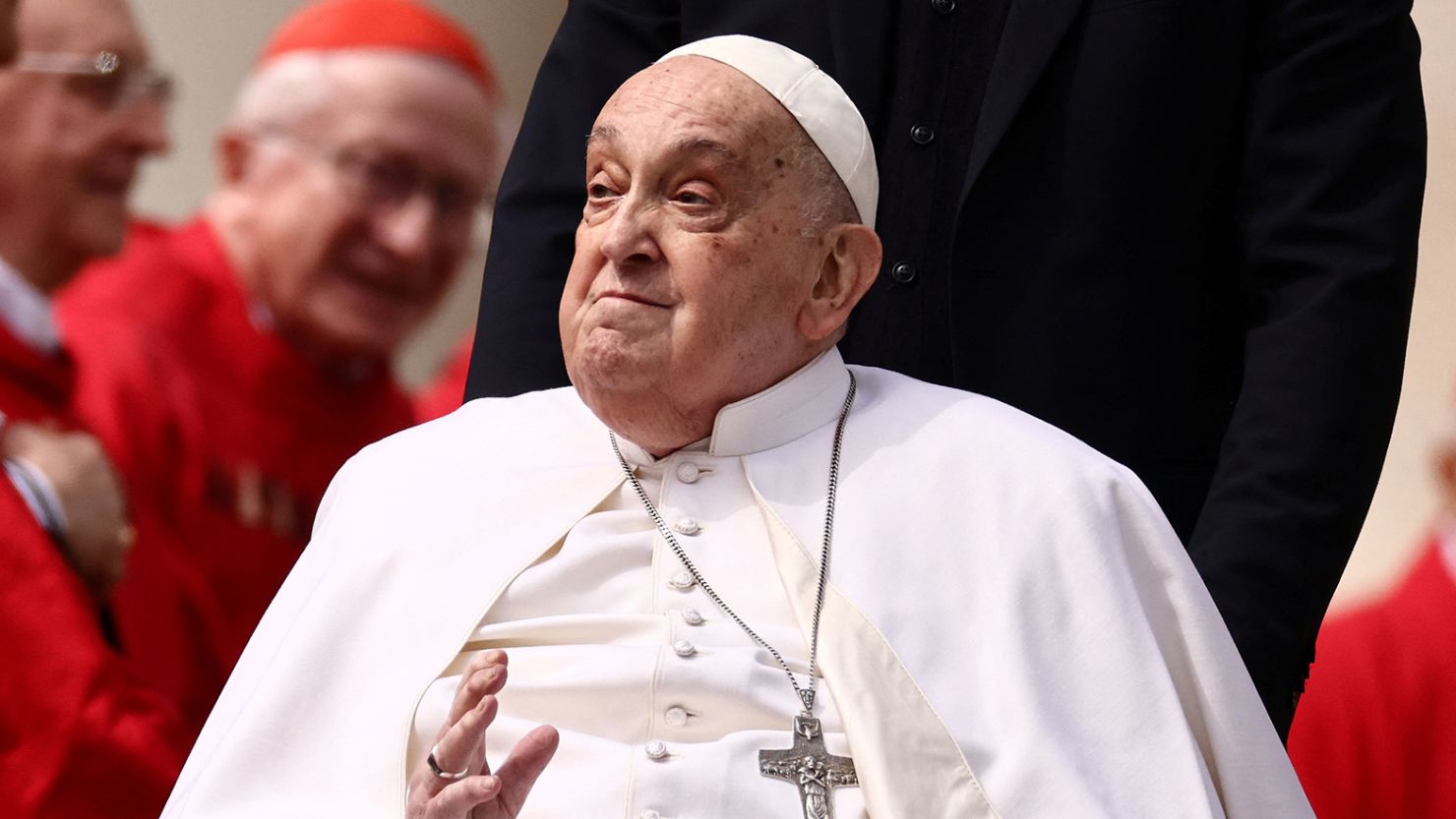
Pope Francis, who passed away peacefully on Easter Monday at the age of 88, will be buried this Saturday at the Basilica of St. Mary Major in Rome—a place he cherished deeply throughout his papacy.
The historic basilica, one of the four major papal churches in Rome, has served as a central Marian shrine for more than sixteen centuries.
For Pope Francis, it was a spiritual sanctuary. He frequently stopped there to pray, especially after returning from his many apostolic journeys abroad.
This marks the first papal burial at St. Mary Major since the 17th century, when Pope Clement IX was laid to rest there. The basilica is also the final resting place of several other popes, Saints Matthew and Jerome, and renowned Baroque sculptor Gian Lorenzo Bernini and his family.
In keeping with the humility and simplicity that defined his life, Pope Francis had requested a modest burial. His final resting place will be a simple grave in the ground, adorned with nothing more than a single inscription, in line with his wishes outlined in his last testament.
The Vatican has announced that, pending approval by the College of Cardinals, Pope Francis’ body may be transferred temporarily to St. Peter’s Basilica on April 23 to allow the faithful to pay their respects.
General Congregations, led by the Dean of the College of Cardinals, Cardinal Giovanni Battista Re, will commence Tuesday to begin preparations for the conclave that is likely to take place between May 5 and May 10.
The funeral ceremony is expected to draw world leaders and dignitaries from across the globe. Both Italy and India have declared three days of national mourning in honor of the late pontiff.
Remarkably, just hours before his passing, Pope Francis met with U.S. Vice President J.D. Vance after attending Easter Mass despite his visibly frail condition.
Born Jorge Mario Bergoglio in Buenos Aires to Italian immigrant parents, Francis broke multiple historical barriers when he was elected pope in 2013. He became the first Jesuit pope, the first from Latin America, and the first to succeed a living predecessor in over six centuries.
Throughout his papacy, he championed a vision of a Church that listens, accompanies, and embraces the marginalized—choosing to live in the modest Casa Santa Marta rather than the Apostolic Palace, and consistently calling on the Church to go to the peripheries.
His death has sent ripples of grief across the global Christian community, where he is remembered not only as a spiritual leader, but as a humble shepherd who walked alongside his flock—compassionate, courageous, and always grounded in faith.
Read more ...
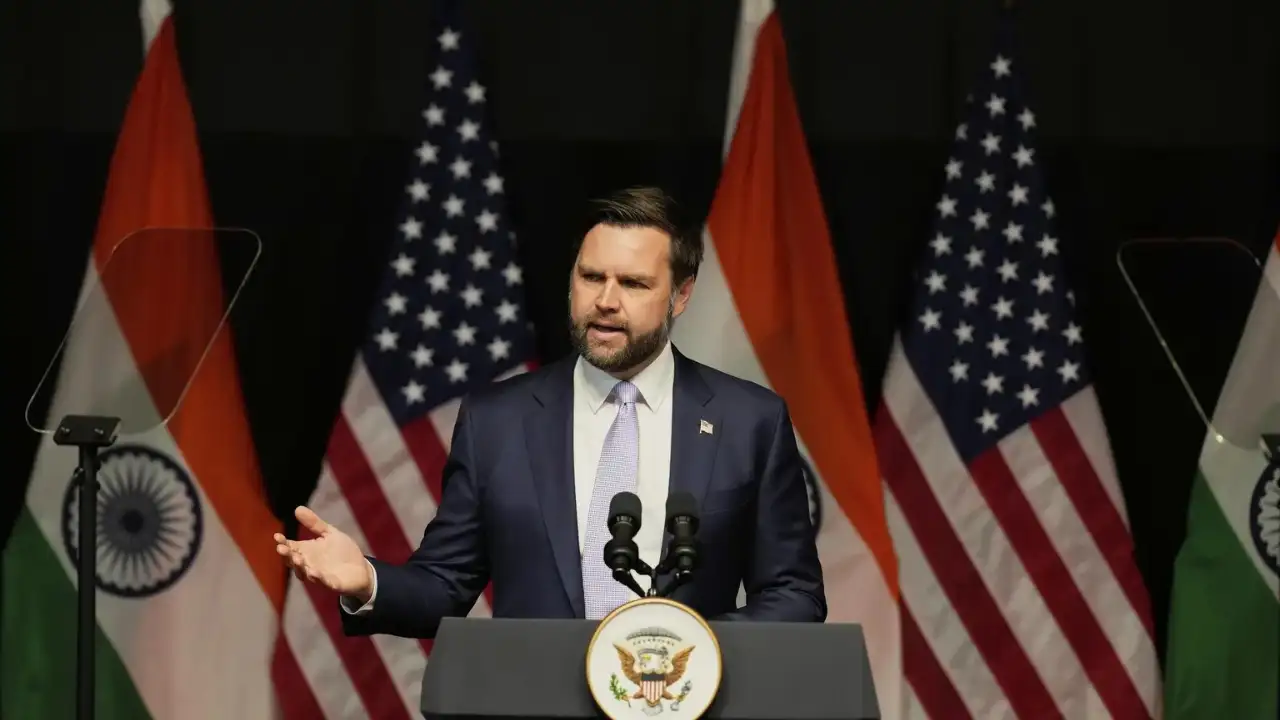
April 22, 2025

April 9, 2025

April 9, 2025

April 4, 2025

March 25, 2025
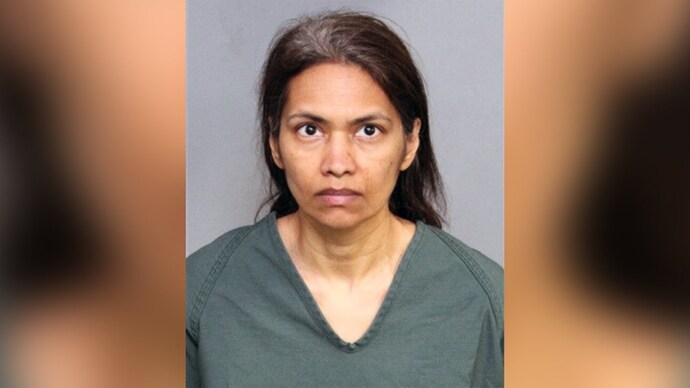
March 23, 2025
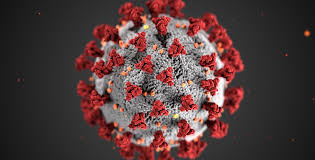
March 23, 2025

March 17, 2025
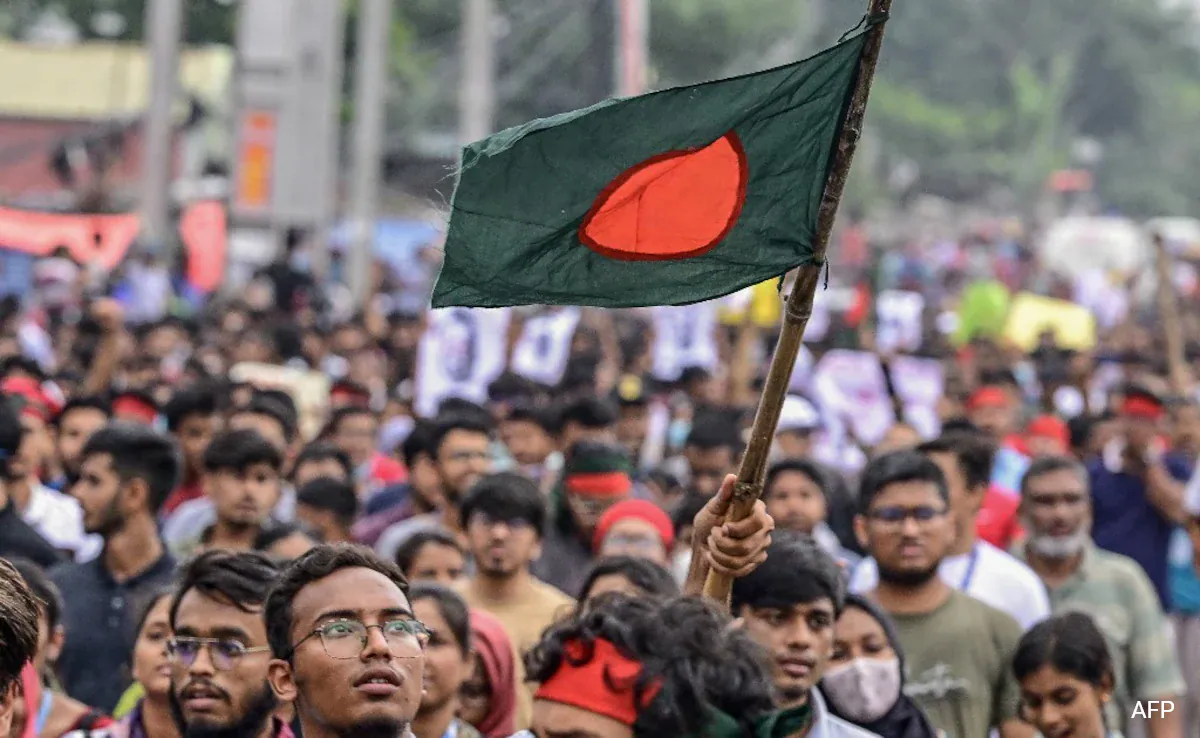
March 17, 2025
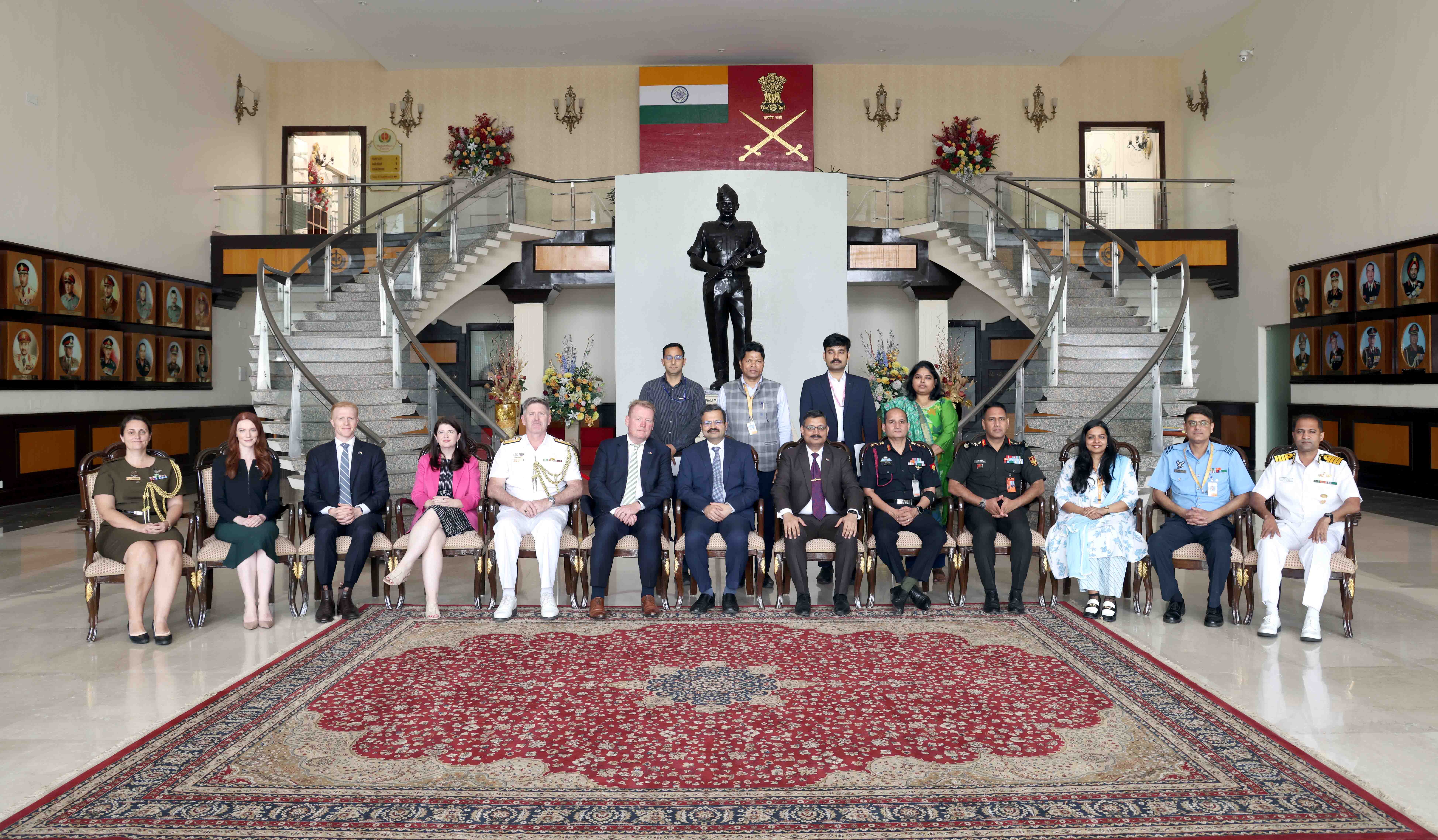
March 17, 2025
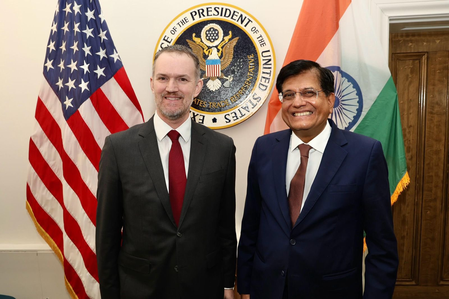
March 14, 2025
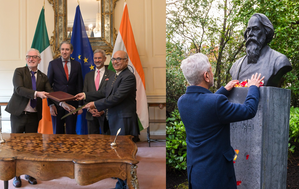
March 7, 2025


